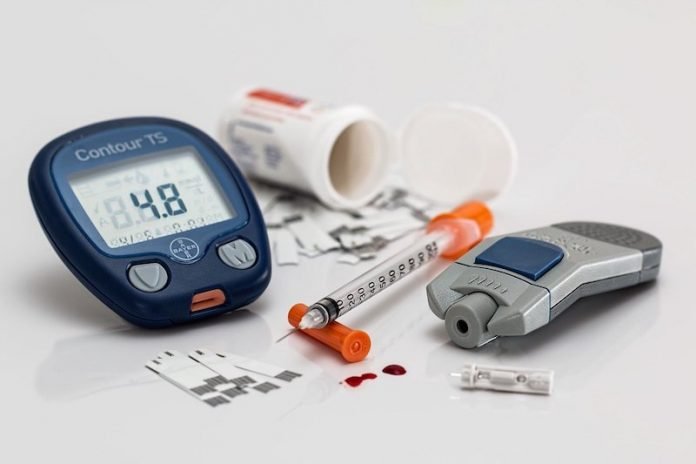
Despite its discovery nearly 100 years ago, insulin’s list price has been going up, not down, with trade secrets and other protections preventing researchers from pinpointing who is receiving profits from its sale.
Meanwhile, the net price—what manufacturers receive after accounting for all discounts and payments to distribution system entities—has been falling. So, why aren’t patients seeing the savings?
In a new study from the University of Southern California, researchers found analyzed the flow of money across all distribution system participants—manufacturers, wholesalers, pharmacies, pharmacy benefit managers (PBMs), and health plans.
They found that middlemen in the distribution process now take home approximately 53% of the net proceeds from the sale of insulin, up from 30% in 2014. Meanwhile, the share going to manufacturers has decreased by 33%.
This redistribution of profits has led the total cost to the healthcare system—net expenditures — to remain relatively flat.
To understand how money in the insulin distribution system has flowed over time, the team leveraged 15 different data sources to create a database of insulin expenditures between 2014 through 2018.
Of a hypothetical $100 spent on insulin, they found manufacturers accrued about $70 in 2014, falling to $47 in 2018.
During this time, the share going to pharmacies increased from about $6 to $20, PBMs’ share increased from $6 to $14, and the share going to wholesalers increased from $5 to $8.
The health plans’ share had decreased from $14 to $10 per $100 spent on insulin.
These data suggest increasing profits to intermediaries in the system are playing a key role in keeping net expenditures high.
Due to lack of transparency in the system, the researchers had to leverage several sources to develop a data set that enabled them to map expenditure flows at each step in the distribution system.
Sources included data from Medicare and Medicaid, Securities and Exchange Commission filings as well as state-level audit reports that were the result of state drug pricing transparency laws passed in recent years.
About 9.1 million Americans with diabetes require insulin to effectively to manage their disease.
Patients without insurance as well as those in high deductible health plans have increasingly felt the burden of high and rising list prices, sometimes with fatal consequences. Policymakers have taken note.
The Centers for Medicare & Medicaid Services recently introduced a model that would limit out-of-pocket expenses to $35 per thirty-day insulin supply.
While the researchers note that such steps would provide immediate financial relief to patients, they would not address the overall cost of insulin to the system, or the outsized market power and influence of middlemen.
Many intermediaries in the system operate in highly concentrated markets where they can influence prices, conclude the researchers.
If you care about diabetes, please read studies about daily vitamin D may protect you from type 2 diabetes and findings of this new diabetes test uses sweat, not blood to check blood sugar.
For more information about diabetes and your health, please see recent studies about people with this health issue are 3 times more likely to get diabetes and results showing that common diabetes drug can help treat COVID-19 lung inflammation.
One researcher of the study is Karen Van Nuys.
Copyright © 2021 Knowridge Science Report. All rights reserved.



